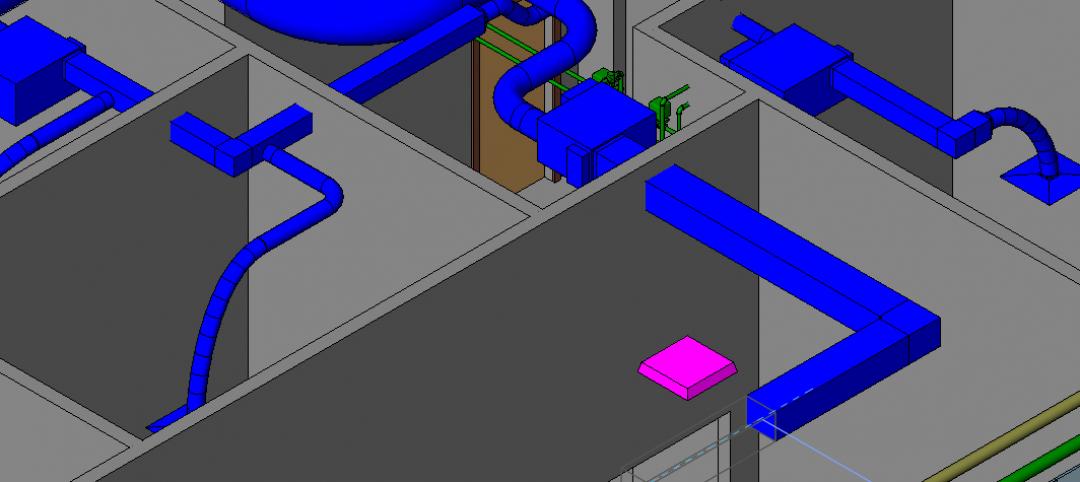The ubiquity of animated GIFs on the Internet is sure to be familiar to anyone who spends a lot of time on the web, and while the image format lends itself perfectly to quick hits of animals doing funny things or people paying an often times humorous price after making a questionable decision, GIFs can also be very useful tools.
News outlet websites have been using them for years to trim the fat and show only the most important information. Did an athlete do something unbelievable? Use a GIF to show the exact moment it happened. Was there a police chase that ended in a spectacular crash through a store window? Put the window crash in a GIF and bring the reader right back to reading the story.
A GIF has the ability show a lot of information quickly and in a simple format, which is the exact reason why, as ArchDaily reports, they can make such useful tools to improve an architect’s project presentation. In fact, ArchDaily has come up with seven different ways animated GIFs can be applied to and improve upon a presentation.
In the same way a GIF can be used to show the exact moment the athlete hit that milestone homerun or precisely when the car crashed through the window, architects can also use GIFs to eliminate all the extra data and focus attention on the main asset, ArchDaily’s Danae Santibañez explains.
As a presentation tool, animated GIFs can be used to exhibit:
- Context
- Design concept
- Spatial relationship between levels
- Detail
- Program
- Construction and structure
- General project view
For example, to show the context in which a building will exist (meaning the specific surrounding environmental characteristics) in one drawing can quickly lead to something more closely resembling a page out of a Where’s Waldo book than architectural plans. An animated GIF, however, can clean up and simplify the presentation while still showing the crucial information:
 GIF courtesy GRND82 via ArchDaily
GIF courtesy GRND82 via ArchDaily
While GIFs may have a bit of a never-ending duck season/rabbit season debate going on with how to pronounce the word (is it a hard <g> or a soft <g>?) that even the creator of the format was unable to completely settle, their usefulness as a presentation tool to aid in clean, simple project presentations is not quite as contentious.
Read the full list of ways to use animated GIFs in presentations here.
Related Stories
| May 2, 2011
URS acquires Apptis Holdings, a federal IT service provider
SAN FRANCISCO, CA and CHANTILLY, VA– April 28, 2011 – URS Corporation and Apptis Holdings, Inc., a leading provider of information technology and communications services to the federal government, announced that they have signed a definitive agreement under which URS will acquire Apptis.
| Apr 12, 2011
BIM Grows Up: Separating Hype from Reality in a 3D World
While BIM adoption still lags in both design and construction, some enterprising owners, architects, and contractors are unlocking the potential of this dynamic technology.
| Apr 5, 2011
Are architects falling behind on BIM?
A study by the National Building Specification arm of RIBA Enterprises showed that 43% of architects and others in the industry had still not heard of BIM, let alone started using it. It also found that of the 13% of respondents who were using BIM only a third thought they would be using it for most of their projects in a year’s time.
| Mar 15, 2011
Future-proofing BIM: A White Paper presented by Dell and BD+C
To benefit from new building design and construction technologies as well as novel project management approaches, leading AEC organizations of all sizes and scales are deploying building information modeling (BIM). This White Paper presents the comparative benefits of various kinds of hardware specification, with some guidance on the proper selection and specification of BIM workstations, compatibility with existing standards, and adoption strategies.











